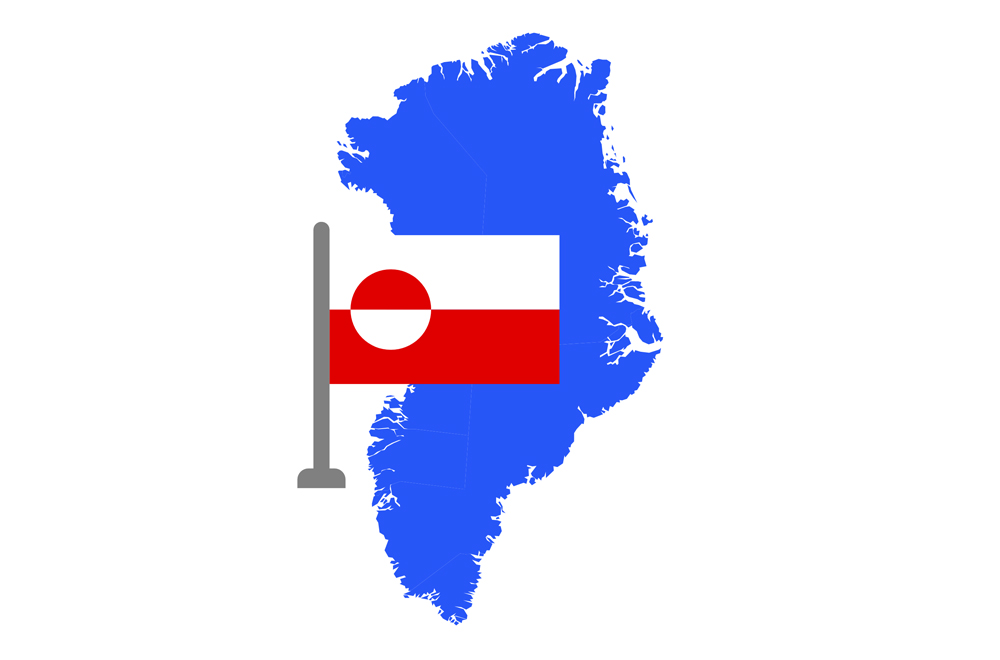
The year begins with heated discussions regarding Greenland’s autonomy and the use of its mineral resources, taking into account that its territory has a certain abundance of so-called “rare earth” metals, which are extremely important for the manufacture of electric vehicles and wind turbines.
In this scenario, there is clear concern about the need for a rapid energy transition, in which there is a race to control the areas that contain these metals. In addition to the financial aspect, the motivator for an energy model with sustainable trends is climate change, however, socio-environmental criteria must be respected in the extraction and management of waste.
Although with a certain freedom, Greenland has been part of the Kingdom of Denmark since 1953, also becoming relevant on geopolitical and climatic levels, given its strategic location and because it contains a large part of the planet’s glaciers, which, due to melting, contribute to rising sea levels with serious environmental consequences.